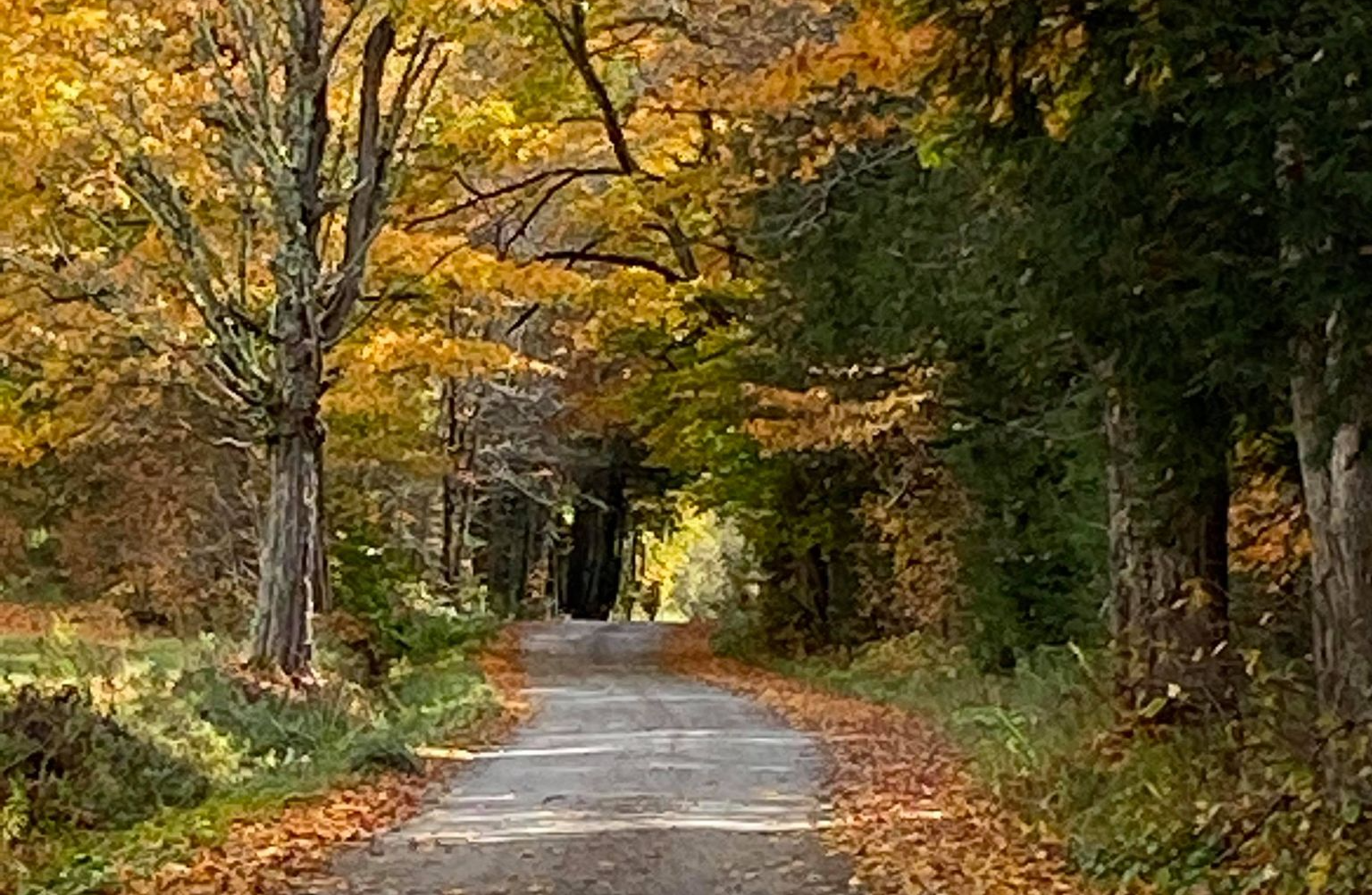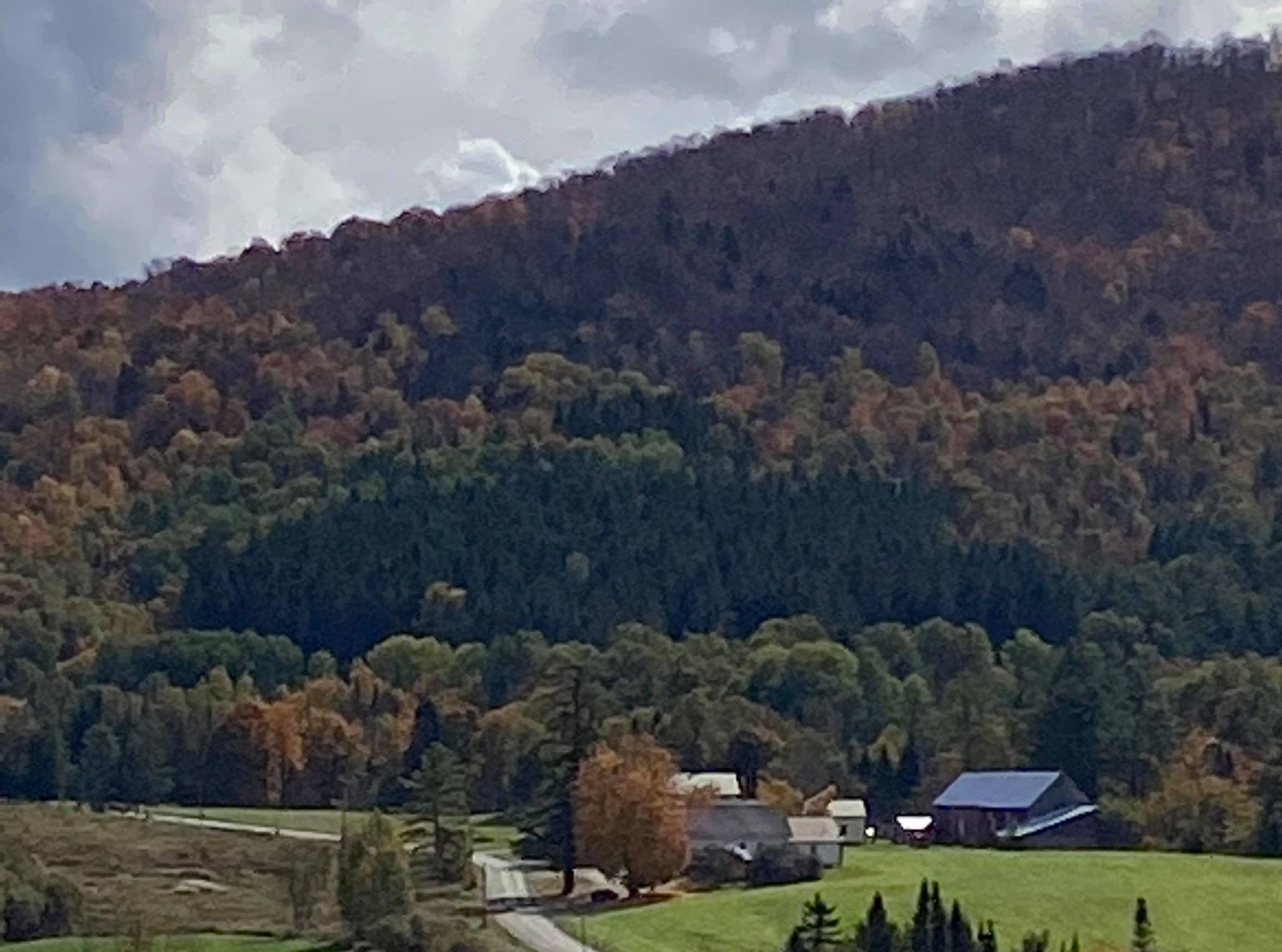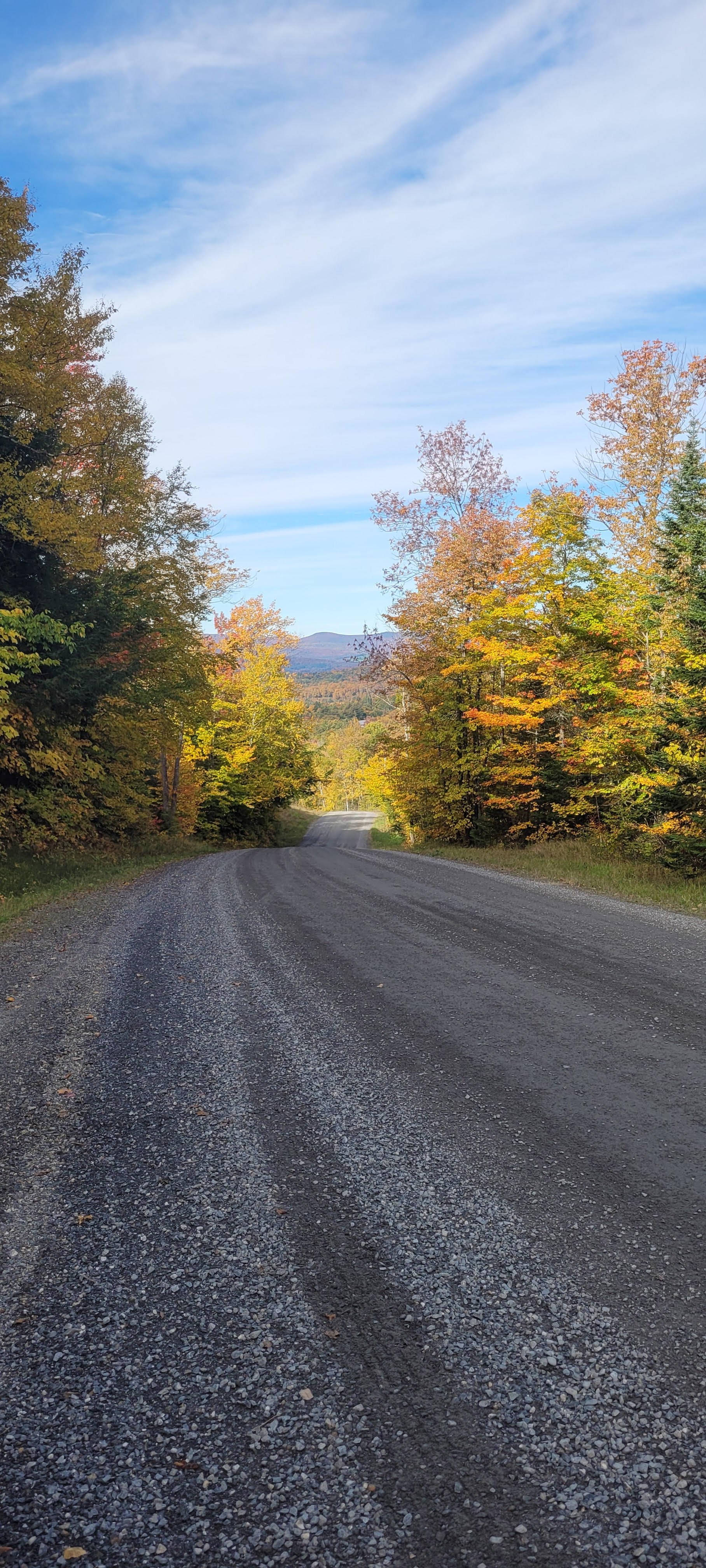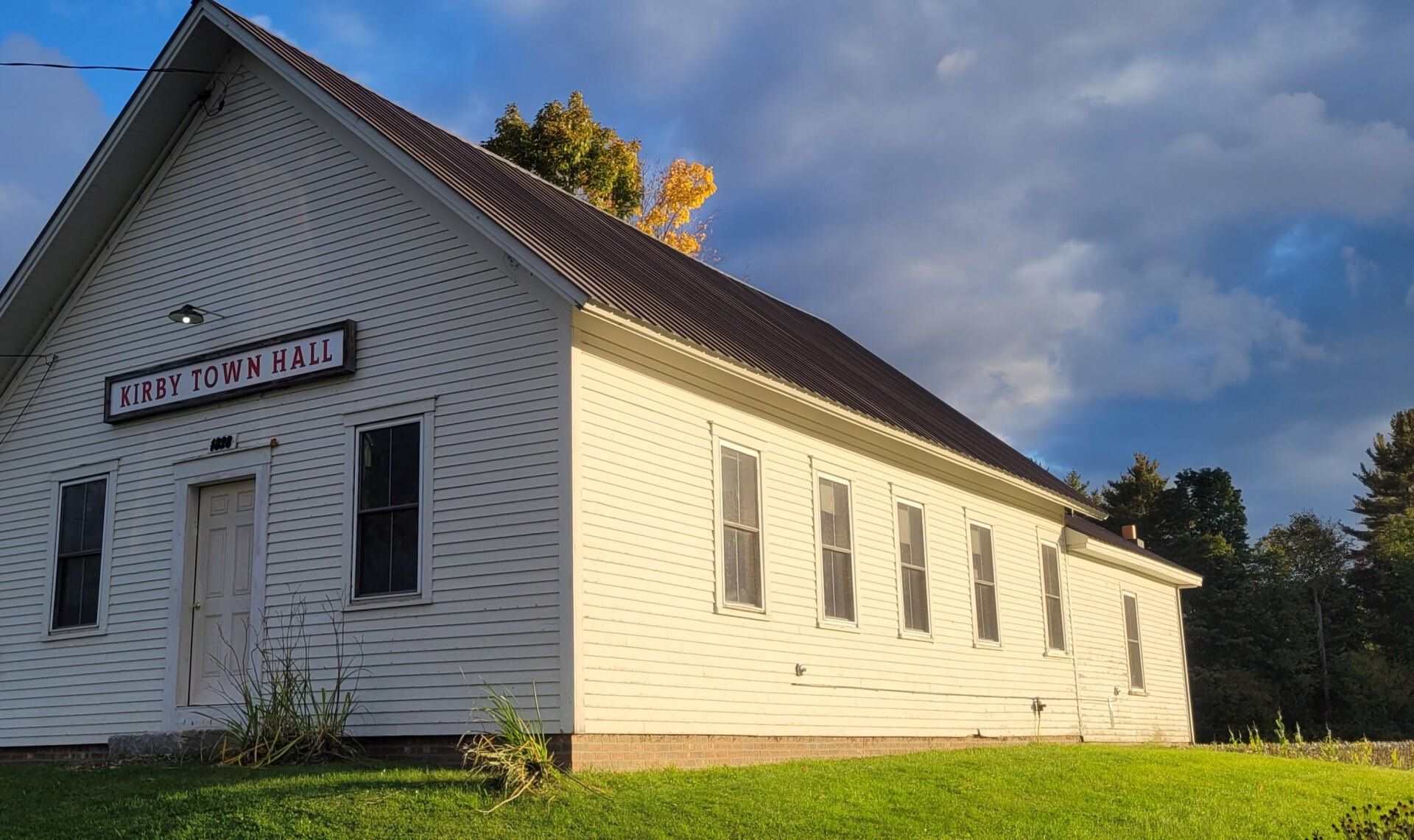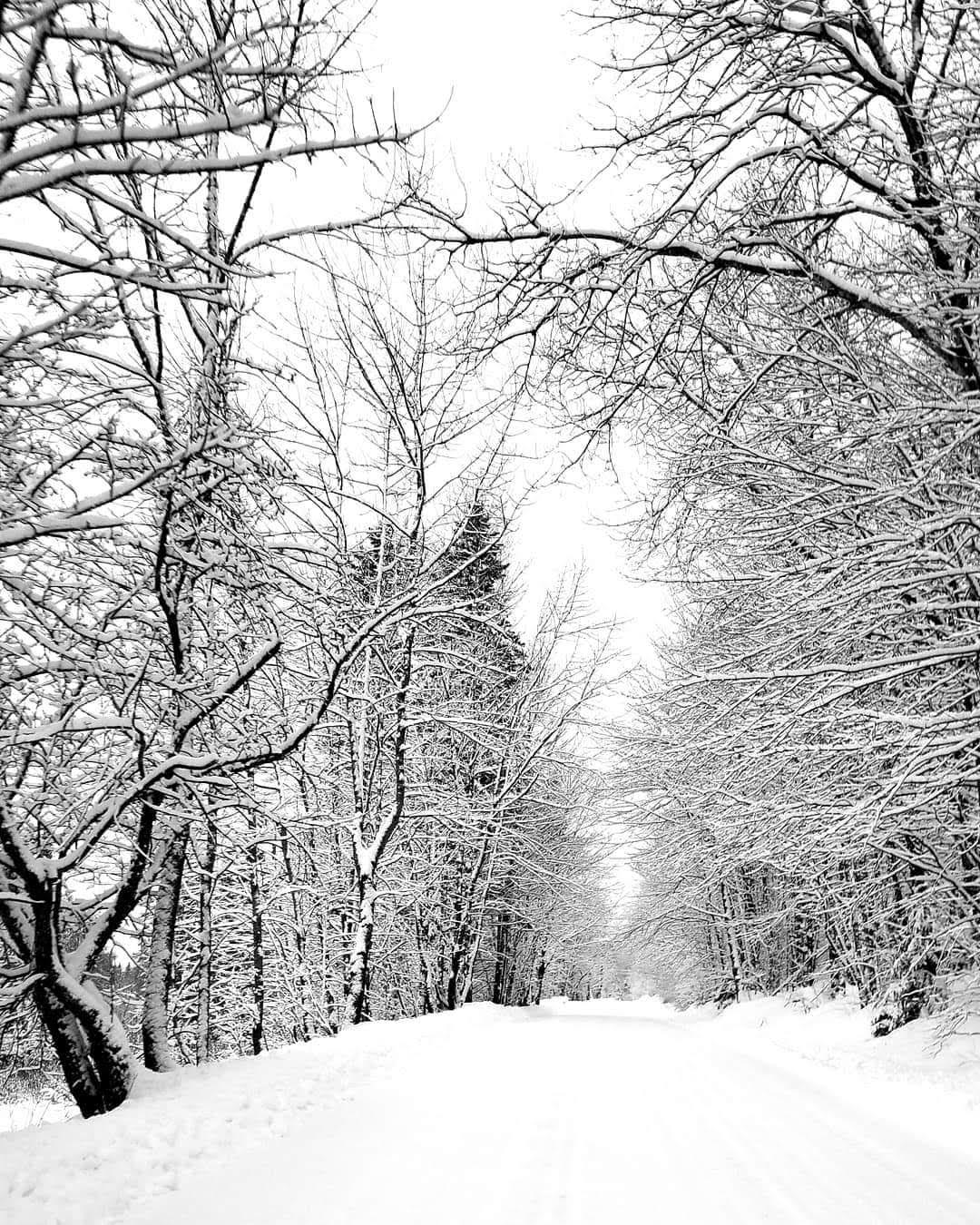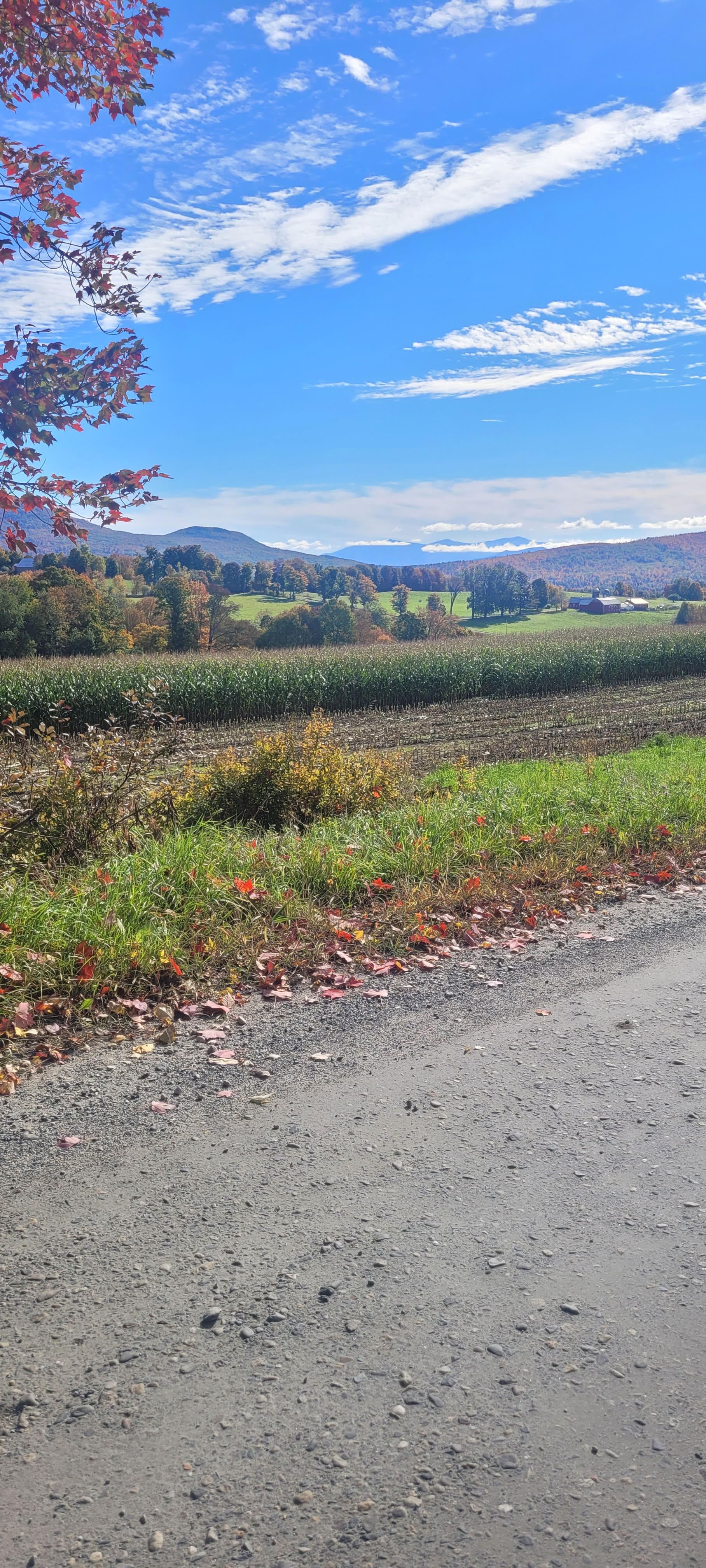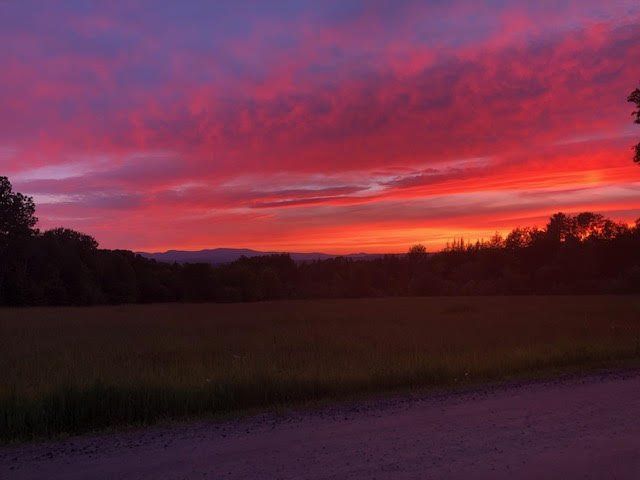Kirby's Town History
KIRBY – A CAPSULE HISTORY
The Town of Kirby was granted to Roswell Hopkins of Vergennes, who had served as secretary of state for the Republic of Vermont, in 1786, and was chartered as Hopkinsville on October 27, 1790. The first settlers were Theophilus and Sophronia Grout, who located near the southern tip of the town near the Moose River in 1792. Though the once- elegant H-shaped barn is long gone, the Grout homestead, much expanded and refurbished in the 2010s, proudly remains today on U.S. 2.
Other early settlers were Phineas Page, Josiah Joslin, Jonathan Leach, Ebenezer Damon, Antipas Harrington, Jonathan Lewis, Asahel Burt, and others mostly from Massachusetts and New Hampshire. Zebulon Burroughs, a Revolutionary War veteran, is buried in the South Kirby Cemetery. So far as is known no descendants of those pioneer settlers have lived in Kirby for many years.
Theodore Atkinson, the father in law of Gov. Benning Wentworth of colonial New Hampshire (held office 1741-1767), was prominent in the land patent market stimulated by Wentworth’s “New Hampshire Grants” in the 1750s and 1760s. He ultimately owned parcels of 350 acres or more in 57 different towns in what became Vermont. The Atkinson names in the early Kirby land records quite possibly refer to his descendants who sold the family-owned parcels to buyers who settled in the town.
In 1807 2,527 acres of Burke, known as Burke Tongue, were added to the town, and it was formally organized as the Town of Kirby. The name was said to have come from the native place of Thomas and Francis Atkinson of Kirby Moorside, Yorkshire, England, but there is no firm evidence for this.
Kirby, with a population of only 425, furnished forty four soldiers to the Union in the Civil War, and three other residents enlisted in neighboring towns. Among this number was one lieutenant colonel, one major, and other company officers.
Josiah Grout Jr., born in Quebec but raised from age 7 in Kirby, served as a major of cavalry in the Civil War and as Governor of Vermont in 1897-98. His brother William W. Grout, who was raised on the Grout place from age 12, removed to Barton where he became a prominent lawyer, lieutenant colonel in the
Union army, and Member of Congress in 1881-82 and 1897-1900. Upon retirement he returned to the old Grout farm, where he died in 1902.
In 1886 Kirby had seven school districts and five common schools, employing eleven female teachers, to whom was paid an average weekly salary, including board, of $4.39. The total school expenditures for that year were reported as $738.98.
In living memory there have been as many as five one room schools in
town, of which three are still standing. Brookside was the last to close in 1978, and the well preserved South Kirby School is used occasionally for a community event.
Since 1978 Kirby has been a full K-12 parental choice town, a practice that has received strong support from the school boards and school district meetings. In 2017, following a consolidation bill enacted by the General Assembly, Kirby joined eight (later nine) other towns that had no schools in the Northeast Kingdom Choice District, whose school directors are elected by Australian ballot in the ten towns.
In 2022 Kirby tuitioned its school age children to schools in adjacent towns, 85 elementary students to eight schools, and 60 secondary students to eleven schools.
The original Town Hall was built near Kirby Pond on the Mountain. In 1936 the town acquired the old North Kirby Congregational Church, built in 1828, for a meeting house, and it has been in use ever since. On two occasions in recent years the building has been painted and improved by volunteer labor. Of the Town's 21 Town Clerks, P.B. Graves served a record 48 years. Charles Graves, Virginia Wood and Wanda Grant held that office for twenty or more years. Moderator John McClaughry was recognized for his fifty years of service at Town Meeting 2016.
1976, the Vermont Bicentennial Year, saw the birth of the Kirby Quilters. For many years it organized the Kirby Quilt Show and presented a baby quilt to every baby born to Kirby parents The group has provided leadership for many civic activities.
KIRBY – IMPORTANT FACTS
Chartered:
1790 as Hopkinsville; organized as the Town of Kirby in 1807.
Area:
15,353 acres (24 square miles)
Population:
1850: 509
1970: 224
2010: 493
2020: 575
Road mileage:
Town roads 23.44 miles (0.33 paved)
U.S. 2 0.97 miles
Highest Point:
2,750 ft (North summit of Kirby Mountain)
Useful Links
Contact info
346 Town Hall Rd.,
Lyndonville, VT 05851
Designed by Northeast Kingdom Online. Powered by NEKO|360.
